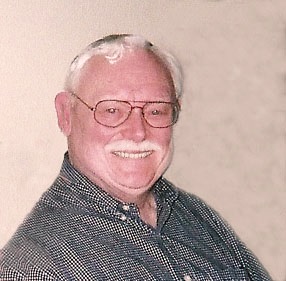Year: 2015 Pages: 20
A simple change in experimental design shows that Galileo’s and Newton’s relativity principle applies only to the observed motion of physical objects, not to their actual motion. It also reveals that observations restricted to inertial reference frames are insufficient to support valid interpretation of the empirical data. The new design distinguishes between an inertial reference frame and a physical reference frame, such as a spaceship. A physical reference frame can be used to conduct an experiment in one inertial reference frame and then move it intact to another. The special theory’s postulates then determine the changes in motion, both for physical objects and for light, which must occur in response to the change in their source’s velocity. What this reveals is that the changes which the postulates require in the second reference frame are different from what the spaceship observer observes. When faced with a change in velocity, to move from one reference frame to the other, the first postulate of relativity refutes the theory’s premise of equal merit. It also shows that the second postulate refutes the first postulate. The new experimental design reveals a previously unrecognized circularity between an observer’s own state of motion and both his definition and sensory perception of what constitutes motion. This circularity has numerous undesirable consequences. It selectively blinds an observer to changes in motion which are caused when the physical reference frame in which he and the experimental apparatus reside changes its own state of motion. It also causes the observer to observe changes in motion for objects whose motion has not changed. And it reveals that each observer in a different inertial reference frame has his own definition of motion which is both unique to him and entirely subjective. Their respective observations are virtually worthless for scientific purposes. Lastly, the paper discloses how unquestioning belief in the theory’s own postulates and premises has controlled the design of experiments and the validation and interpretation of data used to prove the theory’s validity. The role of circular reasoning helps explain how an internally contradictory theory has experienced more than a century of empirical validation. This paper makes its case simply by making two changes in experimental design. The results of the experiments are determined entirely by the special theory's own postulates. There are no flights of fancy into new theoretical realms to be found in this paper.


